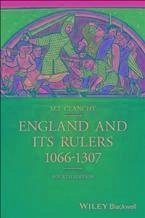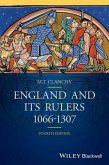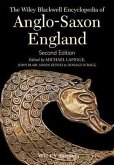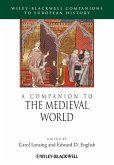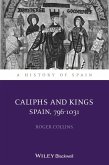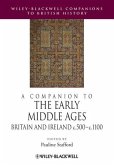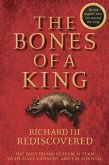This is an updated and expanded edition of a classic introduction to medieval England from the reign of William the Conqueror to Edward I. * Includes a new chapter on family and gender roles, revisions throughout to enhance the narrative flow, and further reading sections containing the most up-to-date sources * Offers engaging and clear discussion of the key political, economic, social, and cultural issues of the period, by an esteemed scholar and writer * Illustrates themes with lively, pertinent examples and important primary sources * Assesses the reigns of key Norman, Angevin, and Plantagenet monarchs, as well as the British dimension of English history, the creation of wealth, the rise of the aristocracy, and more
Dieser Download kann aus rechtlichen Gründen nur mit Rechnungsadresse in D ausgeliefert werden.

